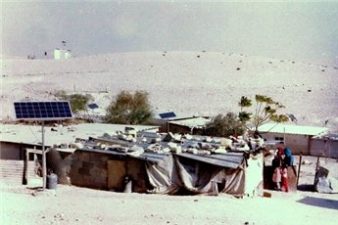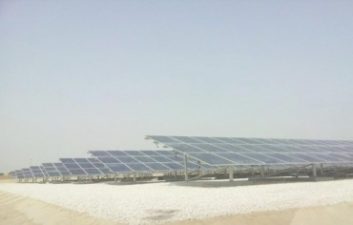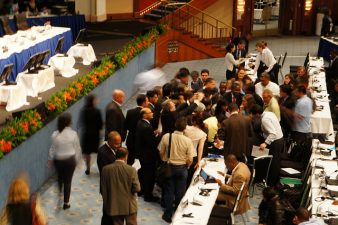Saudi Arabia gives Morocco a sunny boost, but Joseph looks at Morocco’s bigger renewable energy picture: an aim to use 42% renewables by 2020.
With worries growing that Morocco’s ambitious solar energy plans are on the decline (Morocco has plans to generate 2GW of solar energy by 2020 under the Morocco Solar Plan), Saudi Arabia’s International Company for Water and Power (ACWA Power) is leading a consortium to help erect a 160 megawatt concentrating solar power plant near Ouarzazate in Morocco. The Moroccan Solar Energy Agency (MASEN) believes that the new partnership will put solar energy back on track toward meeting goals of producing massive amounts of solar energy by the end of the decade.
According to solarserver.com, Aries Ingeniería y Sistemas and TSK EE will join ACWA for the design, finance, construction, operation and maintenance of the plant, at an estimated development cost of USD 1 billion. The companies plan to begin work on the plant by the end of 2012 and complete the plant near the end of 2014.
What makes the new consortium unique is that it is looking to create a solar power plant at nearly 50 percent less cost than other plants. According to ACWA, they will produce electricity at $0.188/kilowatt, much less than the $0.239 offered by two other development consortia.
To meet Morocco’s electricity needs, the government has adopted and is implementing a three-phase strategy. The first short-term phase runs through the end of this year and involves increasing capacity and efficiency in the national network. Since 2009 an additional 1085 MW of capacity has been installed, costing some one billion euros.
As part of the overhaul of the overall network, the country has unveiled new generation plants. These new installations include a 140-MW wind farm near Tangier and a 472-MW solar power plant in the north-east area of Ain Beni Mathar. In the same period the government also invested €218.5m in upgrading and renovating works on plants representing 2350 MW of generating capacity in order to boost efficiency.
The second phase, which addresses the medium term and runs between 2013 and 2019, seeks to diversify electricity production by increasing the proportion generated through renewables and natural gas. The government aims for 42% of Moroccan electricity capacity to be generated by renewables by 2020, up from 33% in 2009, divided equally between hydroelectric, wind and solar sources. Solar and wind-generated capacity will increase from 4% of total capacity in 2009 to 28%. The final, long-term (2020-30) phase will further emphasize alternative energy sources.
Increasing renewable energy use looks a smart move for Morocco. The country lacks hydrocarbons and is heavily reliant on imports. Consequently, high international oil prices have pressured the country’s trade balance. Government subsidies aimed at maintaining price stability for fuel, which currently accounts for 27% of electricity production, are also putting pressure on the fiscal deficit.
In contrast to imported fuel, solar panels in the country’s desert areas are capable of producing more than 5.5 KWh per sq meter, while the country’s long coast line gives it plenty of potential wind power capacity – the government aims to achieve a total wind power capacity of 25,000 MW onshore alone. By increasing the use of renewables, the aim is to bring the proportion of fuel oil-generated electricity to 10% of total output by the end of the decade.
Image of Moroccan hand from Shutterstock




